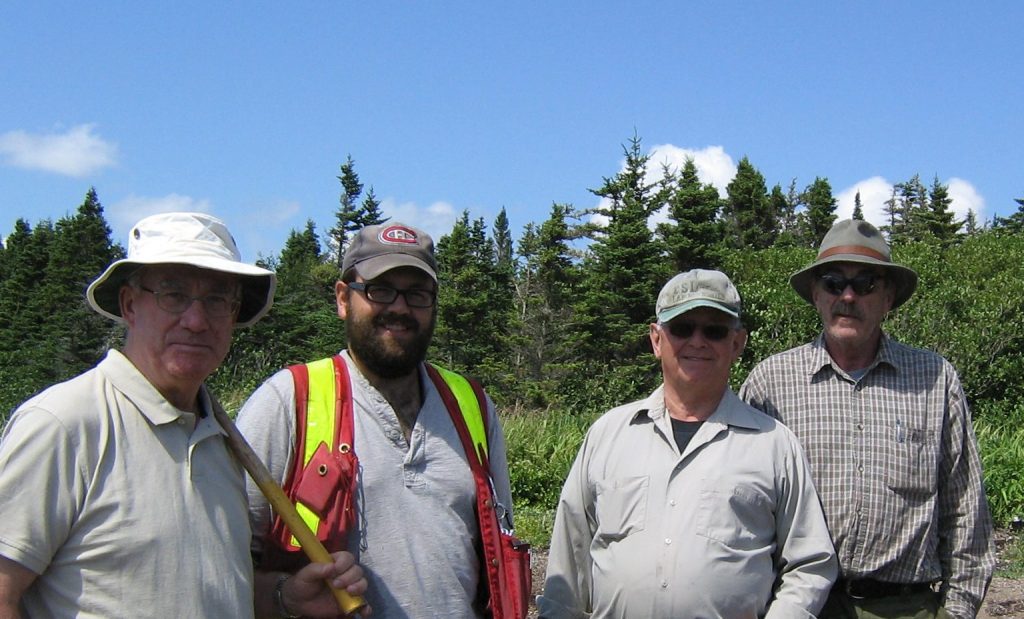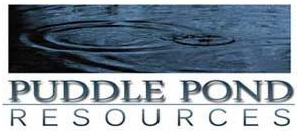Helpful Resources for First time and Seasoned investors
What is mineral exploration?
Mineral exploration is a sequential process of information gathering that assesses the mineral potential of a given area. It starts with an idea or geologic model that identifies lands worthy of further exploration. Suitable target areas may then be staked as mineral claims to secure the mineral rights. The next step is to carry out early exploration work to identify mineralization or geologic anomalies that may lead to a mineral discovery.
As more geological knowledge of the mineral claim block is gathered, the various claims are either accepted or rejected for further work. Later, intensive drilling programs are undertaken on the most promising claims in order to provide statistically robust estimates of the extent and quality of the deposit. The intermediate product of exploration is the improved geological knowledge of a defined area. The final product of successful exploration is mineral deposits that are economically feasible to extract.
How is mineral exploration conducted?
The general stages that a mineral exploration project will follow are:
- Planning– Exploration starts with the gathering and analysis of publicly available information on potential exploration areas. The purpose is to identify areas of potential exploration interest and to plan the following exploration stages. Public information includes government geological survey reports, maps, and company filed assessment reports on exploration projects from AANDC’s mining recorder’s offices. Information made public by other mineral exploration firms and from past and current mines in the areas of interest can also be used.
- Recording of Mineral Claims– Once geologically favorable areas worthy of further exploration are identified, the explorer would secure the mineral rights. On Crown land this is achieved through the staking and recording of mineral claims with AANDC’s Mining Recorder’s Office.
- Reconnaissance– The purpose of reconnaissance is to rapidly identify geological anomalies that indicate the presence of mineralization in the areas highlighted during the planning stage. These anomalies become the targets for further exploration. Reconnaissance activities can include:
- Prospecting and geological mapping: the on-the-ground visual identification of favorable rock types, alteration and surface mineralization.
- Rock sampling: when a rock sample from a showing is sent for a chemical analysis called an assay.
- Geophysical surveys: a measure of the physical properties of a rock. This includes electromagnetic, gravitational, radiometric, and electrical conductivity surveys. Regional geophysical surveys can be conducted by aircraft, while detailed surveys are conducted by ground crews.
- Geochemical surveys: soil, water and sediment samples from land, lakes and streams in the area of interest are examined. They can identify if indicator chemical elements or minerals are in concentrations significantly higher than normal.
- Advanced Exploration– Once significant anomalies have been identified, exploration can move to a more intensive phase to determine if deposits of economic minerals are present. Advanced exploration activities can include:
- Stripping and Trenching: an activity that can include using heavy equipment to remove the shallow overburden and then explosives to blast a trench in the rock to provide larger volumes of material for further sampling and assays.
- Drilling: drilling produces rock cores that can be examined to determine the mineral concentration and depths at which mineralization occurs. A widely spaced pattern of drill holes provides the geologist with the information needed to estimate the size, geometry and grades of ore present in the deposit. Drilling is typically the most expensive stage of exploration and on average accounts for 50% of total exploration spending.
- Sampling and Assaying– Sampling is the collection of a representative part of the mineral deposit. Assays are chemical tests that determine the metallic content of a sample of rock. Sampling and assaying can occur at different stages of exploration but will be concentrated at the advanced exploration stage.
- Economic Evaluation– Once the size and quality of an ore deposit has been determined to a high degree of probability, an economic evaluation of developing a mine can be conducted. This evaluation, also known as a feasibility study, will estimate the capital and operating costs of a mine, the expected revenue from the ore concentrate and/or metals produced, the mine life and post closure rehabilitation costs. If the project is estimated to achieve the “hurdle rate of return” it will be economic to proceed. The hurdle rate is the rate of return required to justify the investment in a capital-intensive, high-risk investment.
Source: https://www.aadnc-aandc.gc.ca/eng/1330455384297/1330455442957
Online Mineral Glossary of Terms
Questions About Puddle Pond Resources Inc.?
Just Ask!



